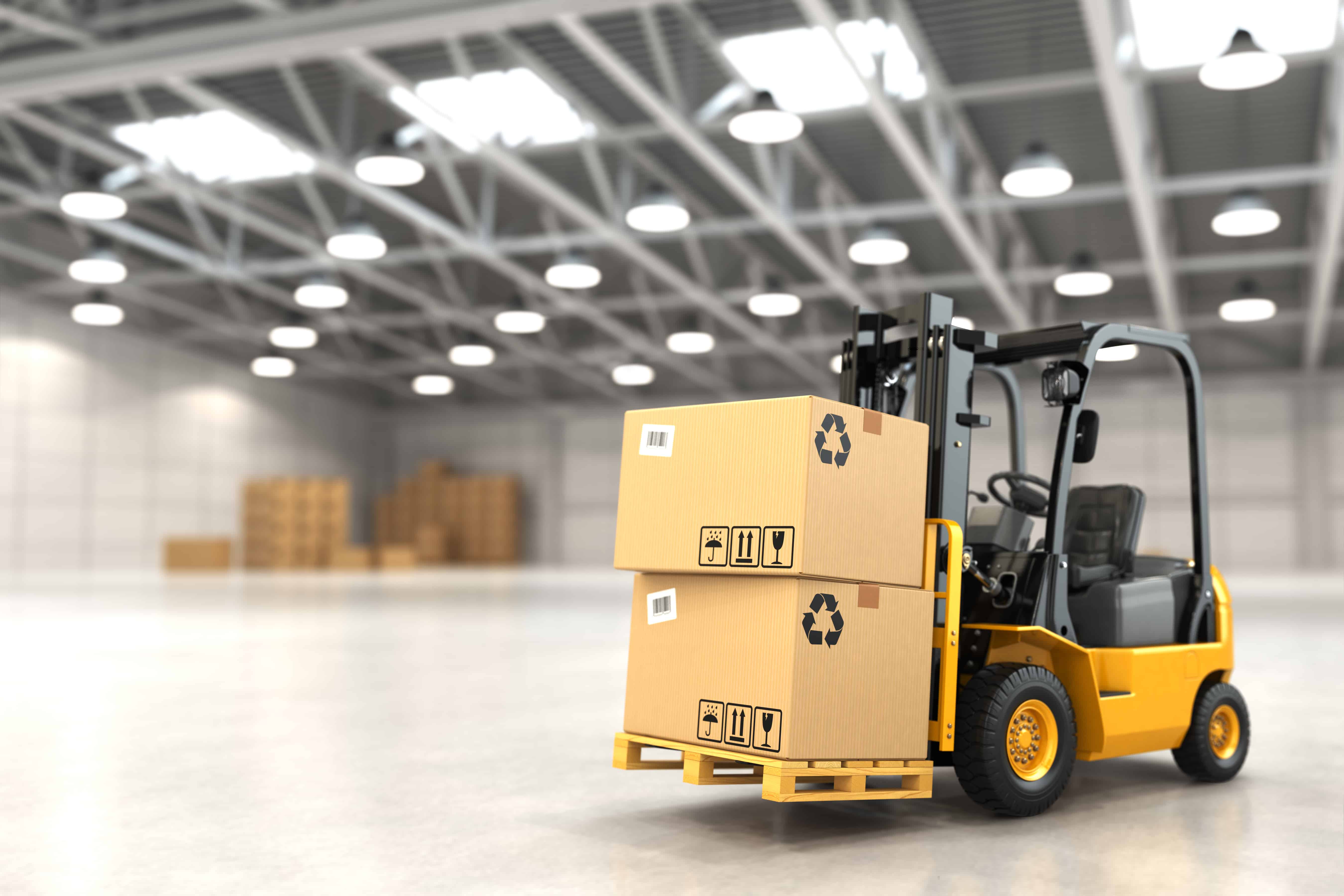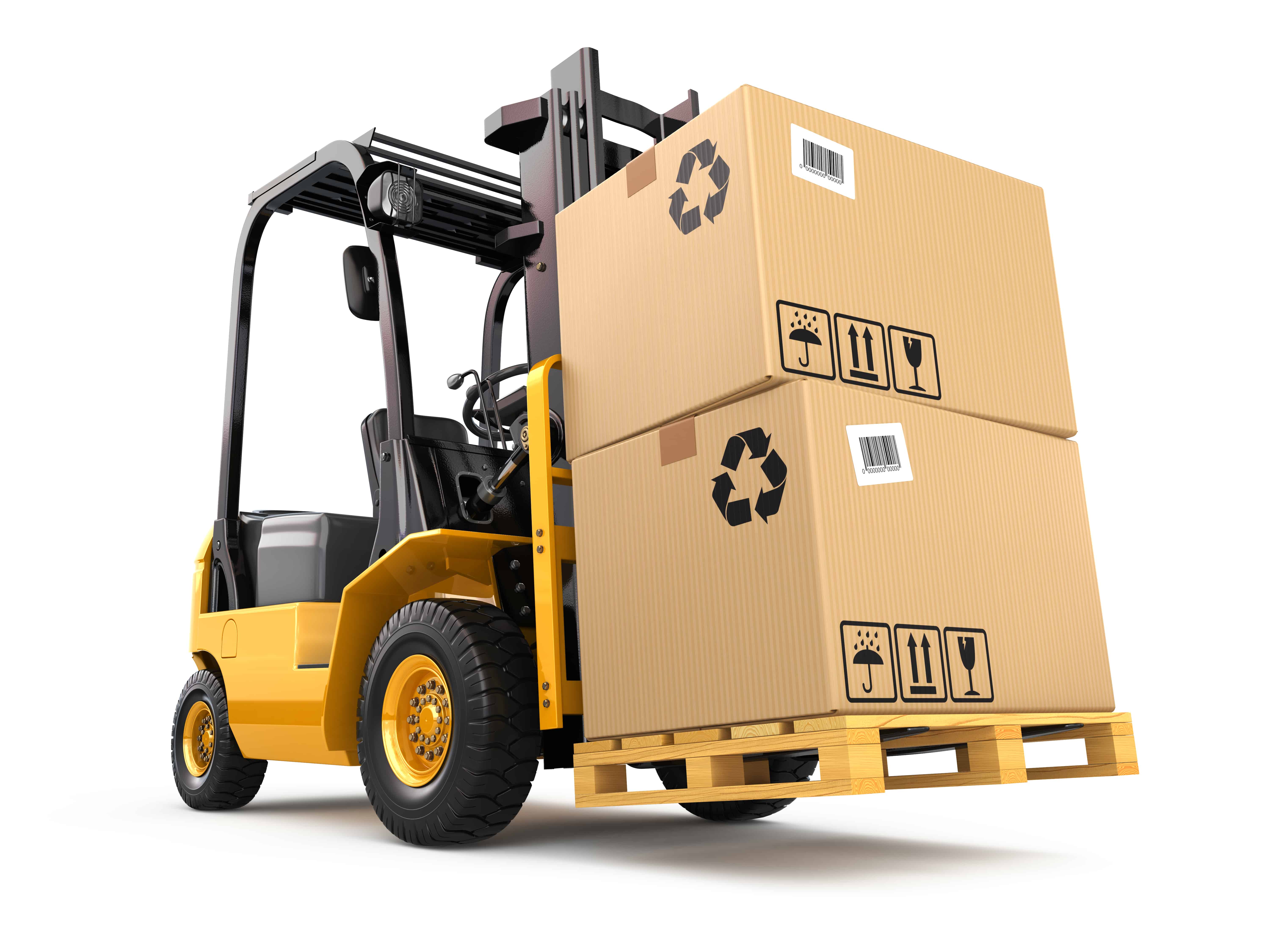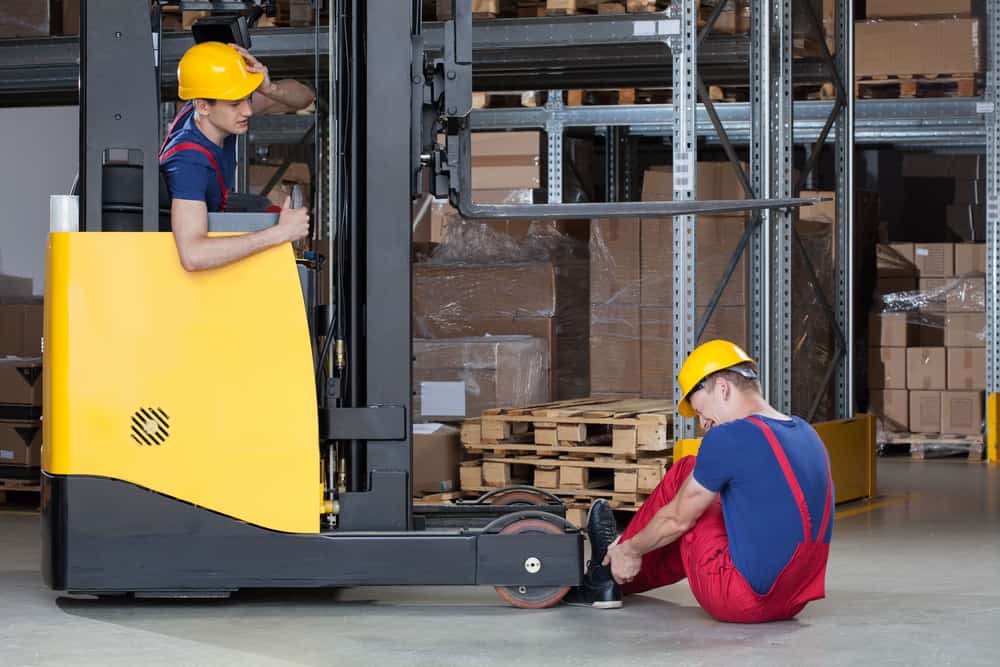When you are preparing to travel by air it may be comforting to know that your pilot has hundreds of hours in training and thousands of flight hours logged. When you sign the release to have major surgery, you also would expect your surgeon to have undergone years of training and have thousands of operations under their belt.
Now enter the world of forklift training. How would you feel if your son or daughter were trained to operate a forklift by someone that had never driven a forklift themselves, someone that trains once every few years or by a trainer with less than one day of formal instruction? Although things have gotten better since I entered the industry in 1991, there is a lot of room for improvement with regard to how we train forklift trainers. Rather than get into a fight with others in the industry over the meaning of words like training, certification, Train-the-Trainer, knowledge, education, experience, and others, I would like to address what I consider to be the real issue.
You will need to ask yourself the following questions: Does the trainer have a solid understanding of all the standards involved? Can they actually operate the equipment on which they are training? Are they skilled enough to spot and fix safety problems? Are they able to deliver a coherent presentation which keeps people involved? Are they fully committed to safety? Are they enforcing what they train, and are they having an impact in their workplace?
Here are some problems I see in our industry:
Anyone can be a forklift trainer
Since OSHA is pretty vague on the trainer’s requirements, almost anyone can be a forklift trainer with a little charisma. This is a problem for obvious reasons and also because a forklift dealership or end user with a sub standard trainer can cost them millions in a lawsuit and put their customers or operators at risk. There are some great trainers out there, but unfortunately there are many more which are poorly trained, receive little ongoing support and who are just not getting the job done. Trainers who don’t know the standards well, who train on equipment beyond their expertise, who take shortcuts during operator training and those who walk by operators violating the rules, saying nothing, are a real problem. If you give me a good trainer candidate with the right background, experience and motivation; I can turn them into a solid trainer, but without those basics they will not be successful. Trainers need to be carefully selected for the traits they possess; picking just anyone that has the time or who knows how to operate a forklift would be a real mistake, regardless of whether OSHA would issue a citation or not.
Bad Trainer Training
Back to the airline pilot or doctor, do you want the one that had the bare minimum “quickie” training or the guy who took the time to master the craft? Some companies promote “do it yourself kits” or trainers classes that are little more than a partial day of classroom instruction. It would take a good training company that long to complete an operator training program, no less educating a trainer, who has no three year re-evaluation requirement like forklift operators, and who might train operators for decades with no additional instruction. Self study is possible, but most folks are not willing to put in the amount of work needed to do it correctly and completely. Cheap and fast might be great if you are looking for a budget haircut, but if you are training a trainer, quality is much more important.
Impartial Trainers
I talked to a dealer trainer last year who trains hundreds, if not thousands of operators each year that said only a few fail his course. Forklift operator training need not have the failure rate of a Navy seal trainee (about 75%), but we typically see about a 3-5% rate over time due to all kinds of issues. The trainer’s job is as much to refrain from certifying unqualified operators as it is to certify those who are qualified, maybe even more so. The trainer is the last line of defense to ensure someone who is not qualified is not put on a forklift. They need to take that job very seriously. Trainers who can’t be impartial because of pressure to pass operators or because a customer expects everyone to pass should not be trainers. Likewise, end user trainers who can’t honestly evaluate their coworkers present a similar problem situation.
Up to Date Trainers
One lesson I have learned from golf is that you must practice regularly for your skills to stay sharp. If you play golf once a year, how sharp is your play going to be? If you play multiple times a week, how sharp will you be? The same can be said for forklift trainers; you either use it or you lose it. Many end users suffer this problem if they don’t have huge numbers of operators, and even some dealerships don’t get their trainers enough reps to stay well oiled and current.
The moral of this story is to look deeper than the letter of the law and see if your trainer really knows the way, shows the way, and goes the way or if they are just going through the motions to achieve minimum compliance.





